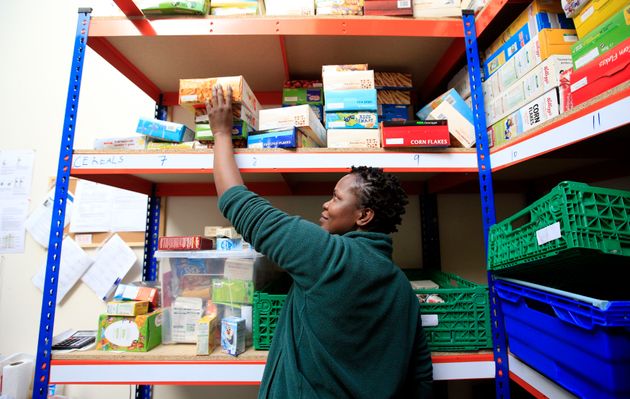
In the next few weeks, children all across the UK will be jubilantly ditching their school bags, packing away their uniforms and looking forward to six weeks of summer fun. At least they should be. But for up to three million children, summer actually means six weeks of hunger.
The statistic is not a new one. An All Party Parliamentary Group (APPG) revealed the figure last year as part of a report on hunger, along with the stark warning that unless something was done, children across the UK would suffer. And not just with empty tummies. The malnutrition caused by missed meals and low quality junk food over the holiday period has also been shown to impede learning ability, leaving ‘holiday hunger’ children lagging behind their school mates come September.
What happened last summer served to emphasise concerns. Many food banks operating up and down the country ran out of supplies by the end of just the first week. And, in an update on the crisis – don’t be mistaken, this is a crisis – the Joseph Rowntree Foundation revealed that almost half of the children to benefit from food bank supplies over the summer of 2017 were of primary school age.
Fast forward 12 months and what has happened? Well, a private members’ bill put to Parliament that proposed diverting funding from the sugar levy to secure local authority provision of food and activities sadly wasn’t passed. But, the bill – and publicity around it – has served a hugely important purpose, to highlight that tackling the problem is about more than food provision. It’s about looking at the impact of poverty and seeing what we can do about it.
Research from the University of Glasgow has done the same. The report, entitled ‘The Cost of School Holidays for Children from Low Income Families’, looks how the effects of poverty are magnified over the summer – one consequence being holiday hunger. I urge anyone concerned with this topic to read it.
One of the authors, Professor Nicolas Watson, summarised: “For low-income families, summer holidays often entail increased financial pressures, food insecurity, poor health and exclusion from culturally enriching and healthful activities”, prompting him to stress the necessity of projects that blend multiple elements including safe childcare, healthy and stimulating activity and, of course, nutritious food.
In a way the term ‘holiday hunger’ has been an enemy to the cause in this respect as it focuses the mind on one thing. But no parent cuts out meals for their child through choice. They do so because they have no choice. There is a much bigger matrix of issues in play.
As the CEO of a not-for-profit social enterprise concerned with making sport and fitness more accessible, linking nutritious food provision and fun physical activity makes perfect sense to me in terms of taking a stand against holiday hunger. And we will certainly be doing what we can over the summer to help in this respect. But it also makes sense, on reading the evidence and looking more deeply at the issue, that this isn’t enough.
The broader, poverty-related issues associated with, and resulting in holiday hunger, call for all organisations who strive to support those most in need of financial and social support, to look at even more ways we can work together (rather than focusing on our own specific silos) to help. Ways that might even seem totally alien to our day-to-day focus.
Don’t get me wrong, I don’t for one second imagine that this is a problem that can be solved solely by charities, community groups and indeed, members of the public working together. There remains a strong need for top down, government-led initiatives. But for now I think if we can all start looking more closely at what we can each bring to the equation, it might well be a puzzle we can help crack sooner.